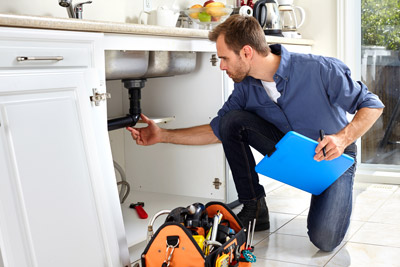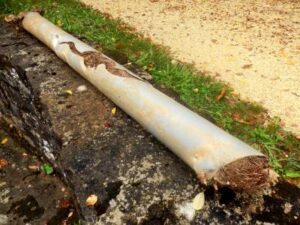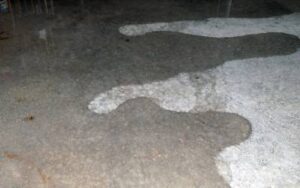 Are you in the market for a new home in the Portland metro area? You may want to consider having a plumbing inspection performed. Plumbing inspections aren’t required in most cases, but they are very useful and can potentially save you money and headaches in the future. The last thing you want is to purchase a home only to learn that you now need to invest in new plumbing.
Are you in the market for a new home in the Portland metro area? You may want to consider having a plumbing inspection performed. Plumbing inspections aren’t required in most cases, but they are very useful and can potentially save you money and headaches in the future. The last thing you want is to purchase a home only to learn that you now need to invest in new plumbing.
What a Plumbing Inspection Involves
Most plumbing contractors have a checklist they use when performing an inspection, but feel free to give them additional tasks if you have a concern they aren’t aware of. The following are some common plumbing fixtures and parts your plumber should take a look at when performing an inspection.
Pipes
If you are purchasing an older home, the piping may have not been replaced in a while. Find out how old your pipes are and the material they are made of. If your inspection discovers that you have galvanized pipes, lead pipes or older bronze or brass fittings, you’ll want to have your water tested.
Main Sewer Line
Most plumbing companies offer a video sewer inspection service. With this small camera, your plumber will be able to identify any serious blockages in your sewer line or if you have tree roots invading your sewer line.
Septic System
Is the home not connected to a municipal sewer system? Have your plumber check the entire septic system including the drainfield. A non-functioning septic system will lead to seepage and pose health hazards.
Toilets
Your plumber should make sure all the toilets in the home are securely in place and ensure there aren’t any leakage or drainage issues. A leaky toilet could cause damage to your flooring. The flappers on the toilets should be checked to make sure they aren’t leaking as well.
Water Pressure and Water Discoloration
During the inspection, your plumber should run the water in the home. This not only helps determine if the pressure fits your needs but it may also be a sign of an underlying problem in the waterline. In addition to checking the water pressure, the drainage should also be examined. Slow drainage may be a sign of a serious blockage further down in your plumbing.
Discolored water should not be used for cooking or drinking. Discolored water may come from a variety of sources. Your plumbing contractor will have to inspect the plumbing throughout the home to identify the root cause before making the necessary repairs.
Water Meter
Checking the water meter is another step your plumber may inspect. If all of the faucets and shut off and the water meter is still turning, this shows there may be a leak somewhere.
Water Heater
It’s important not to forget the water heater when purchasing a home. Water heaters supply the home with hot water. These appliances can be complicated so be sure to hire a plumber who is certified to install and service water heaters.
An inspection will identify signs of corrosion and ensure there are no leaks. Find out how old the water heater is and verify the last time it was serviced. If the water is older than 10 years, you may need a replacement.
Learn More From Your Local Plumber
Don’t get lost in the excitement of buying a home. Take precautions now to ensure you are purchasing a good investment.
Many plumbing companies offer plumbing inspections on homes. They’ll let you know what should be inspected and when it’s done, they’ll tell you what needs to be repaired or replaced.




